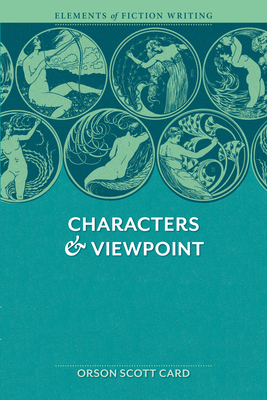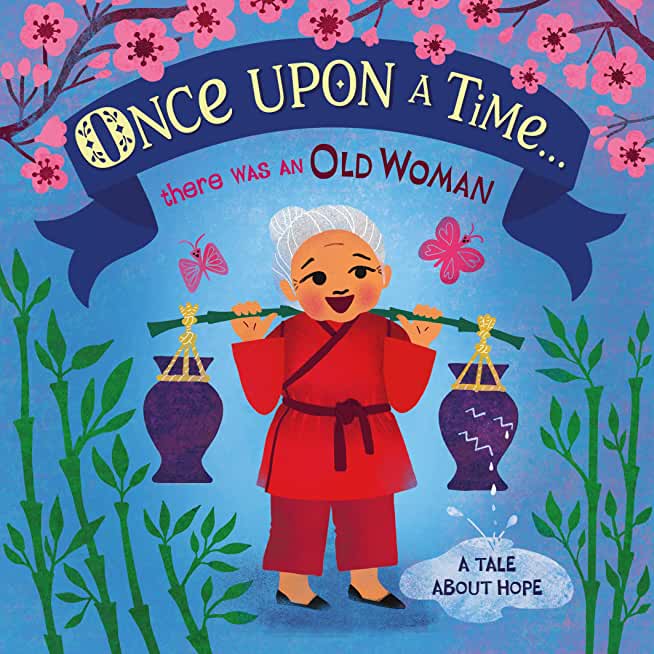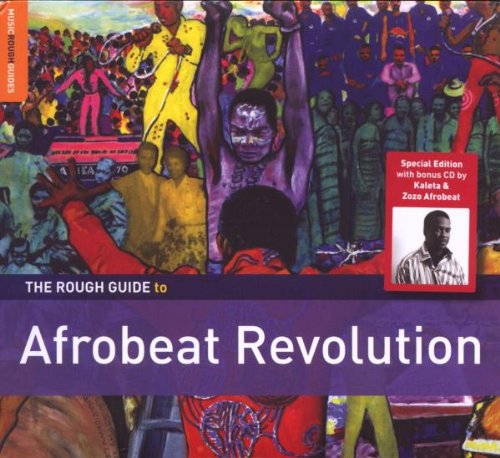
Barr, Sheldon
product information
description
0
Smithsonian American Art Museum, Washington, DC
October 8, 2021-May 8, 2022 Amon Carter Museum of American Art, Fort Worth, Texas
June 25-September 11, 2022
How Venetian glass influenced American artists and patrons during the late nineteenth century
Sargent, Whistler, and Venetian Glass presents a broad exploration of American engagement with Venice's art world in the late nineteenth century. During this time, Americans in Venice not only encountered a floating city of palaces, museums, and churches, but also countless shop windows filled with dazzling specimens of brightly colored glass. Though the Venetian island of Murano had been a leading center of glass production since the Middle Ages, productivity bloomed between 1860 and 1915. This revival coincided with Venice's popularity as a destination on the Grand Tour, and resulted in depictions of Italian glassmakers and glass objects by leading American artists. In turn, their patrons visited glass furnaces and collected museum-quality, hand-blown goblets decorated with designs of flowers, dragons, and sea creatures, as well as mosaics, lace, and other examples of Venetian skill and creativity. This lavishly illustrated book examines exquisitely crafted glass pieces alongside paintings, watercolors, and prints of the same era by American artists who found inspiration in Venice, including Thomas Moran, Maria Oakey Dewing, Robert Frederick Blum, Charles Caryl Coleman, Maurice Prendergast, and Maxfield Parrish, in addition to John Singer Sargent and James McNeill Whistler. Italian glass had a profound influence on American art, literature, and design theory, as well as the period's ideas about gender, labor, and class relations. For artists such as Sargent and Whistler, and their patrons, glass objects were aesthetic emblems of history, beauty, and craftsmanship. From the furnaces of Murano to American parlors and museums, Sargent, Whistler, and Venetian Glass brings to life the imaginative energy and unique creations that beckoned tourists and artists alike. Published in association with the Smithsonian American Art Museum Exhibition ScheduleSmithsonian American Art Museum, Washington, DC
October 8, 2021-May 8, 2022 Amon Carter Museum of American Art, Fort Worth, Texas
June 25-September 11, 2022
member goods
No member items were found under this heading.
Return Policy
All sales are final
Shipping
No special shipping considerations available.
Shipping fees determined at checkout.







